Clay types define the diversity and versatility of the world's oldest craft materials, each possessing unique properties tailored to various applications from pottery and sculpture to industrial uses. With clay's rich historical footprint dating back over 20,000 years, understanding whether you're dealing with earthenware, stoneware, or more contemporary air-dry or polymer clay is crucial for selecting the right medium for your project. This guide charts the landscape of clay types to serve as a primer for both beginners and seasoned artists looking to explore this ancient yet enduringly relevant material.
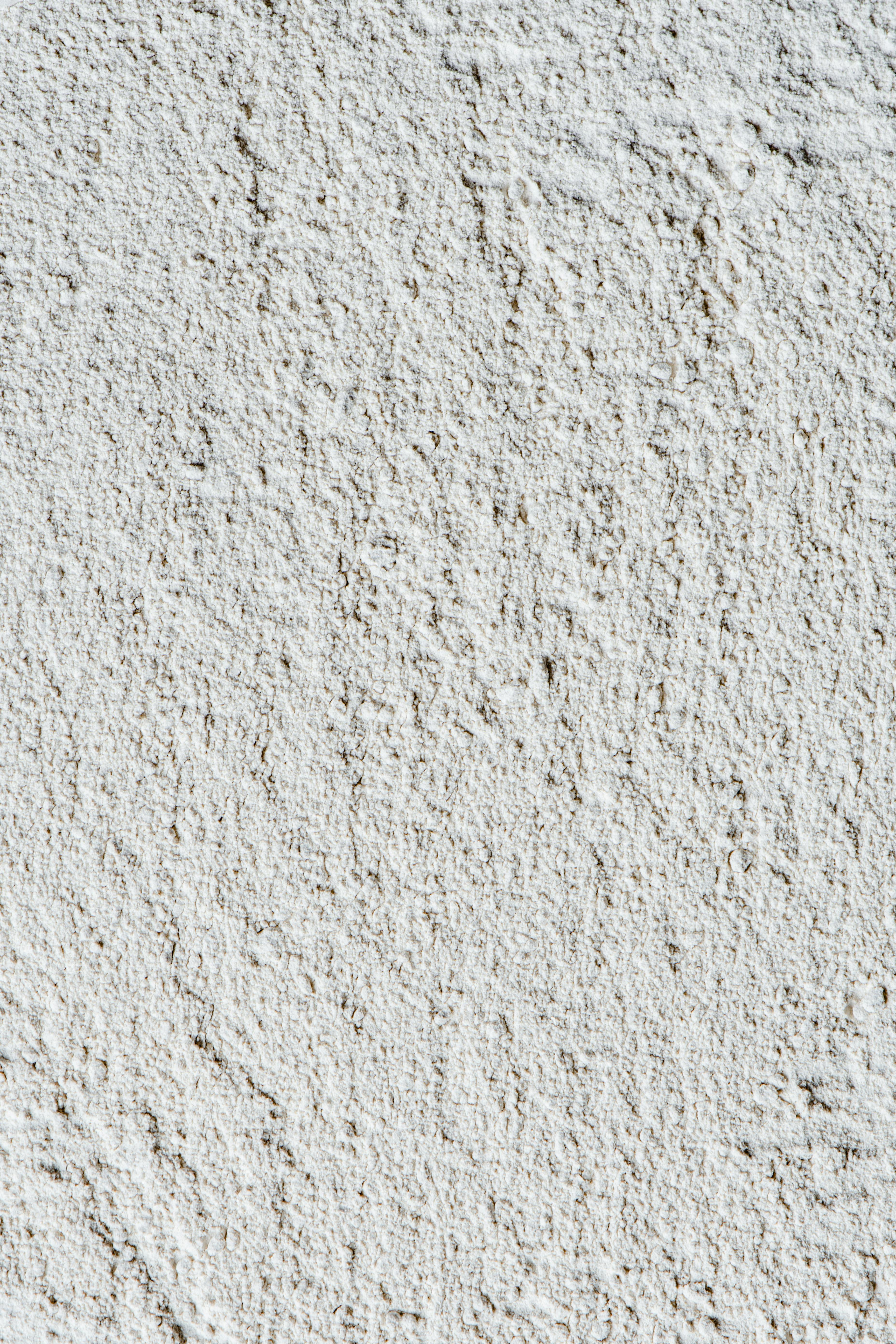
| Clay Type | Difficulty Level | Main Applications |
|---|---|---|
| Earthenware | Moderate | Pottery, planters, decorative items |
| Stoneware | Moderate | Functional pottery, dinnerware |
| Porcelain | Difficult | Fine china, sculptures |
| Air-Dry Clay | Easy | Decorative items, kids’ crafts |
| Polymer Clay | Easy | Jewelry, small sculptures |
Understanding the Diversity of Clay Types
Are you curious about which type of clay best suits your artistic vision? Thousands of years have refined our use of this quintessential material into various types, each with distinctive traits. Whether you're crafting a delicate porcelain figurine or molding a sturdy earthenware planter, selecting the perfect clay is vital. From traditional to innovative, here's a look at your options.
Exploring Different Types of Clay
- Foam Air-Dry Clay: This user-friendly variety is perfect for those who appreciate convenience. Without a kiln or oven, projects dry in the air, making it ideal for kids’ crafts or quick home projects.
- Polymer Clay: Known for its versatility and colorful options, polymer clay is the go-to for jewelry and intricate small sculptures. Just bake it in a kitchen oven to harden.
- Paper Clay: Loved for its lightness, this clay is ideal for large sculptures. It can air dry or be kiln-fired and is perfect for artists who want to experiment with size without the weight.
- Earthenware: A classic choice, earthenware is moderately difficult but rewarding for pottery and planters. Perfect for achieving rustic, vibrant finishes after a kiln fire.
- Stoneware: With a durability that survives many daily uses, stoneware is the choice for functional pottery. Mugs, pots, and dinnerware thrive with this sturdy material.
- Porcelain: For artisans ready for a challenge, porcelain promises translucent beauty and fine detail. Fire it at very high temperatures to create elegance that lasts.
- Kaolin Clay: The purity of kaolin makes it indispensable for fine china and cosmetics. It combines fine texture with a stark, luminous appearance that stands out.
- Ball Clay: Often mixed with other clays, this one boosts plasticity, making your clay more malleable and your projects more diverse.
- Fire Clay: Built to withstand intense heat, fire clay is the sturdy foundation for firebricks and kiln materials.
- Bentonite Clay: Boasting excellent absorbency, bentonite is found in everything from facial masks to oil drilling additives and can improve soil humidity.
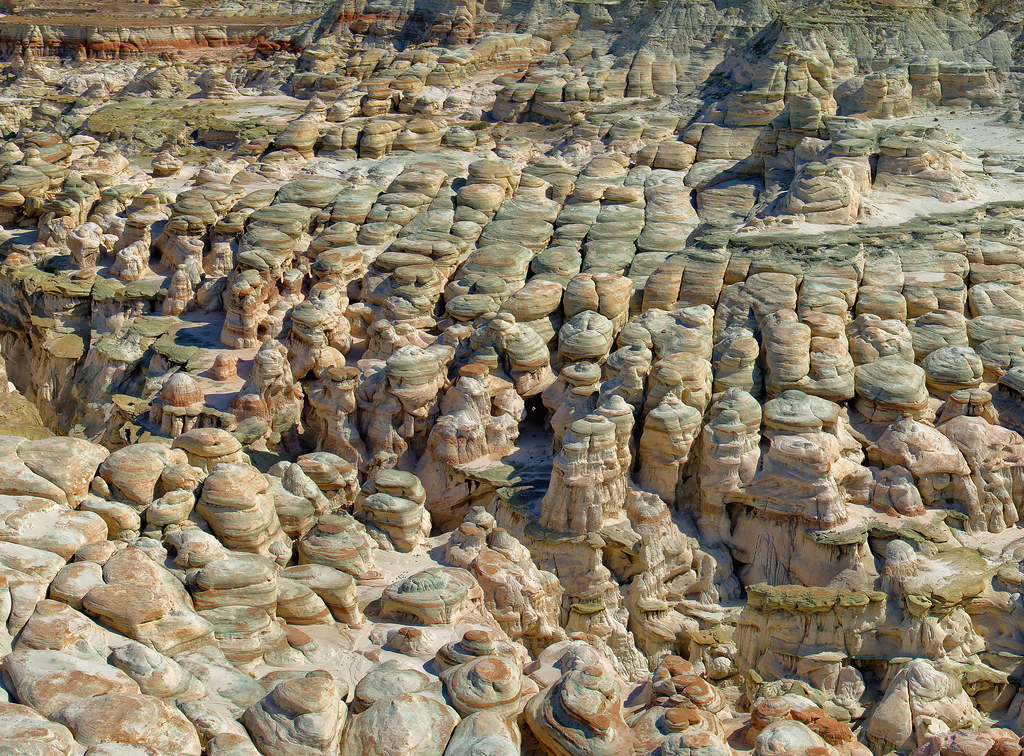
Choosing the Right Clay for Your Project
When choosing your clay, consider the project type and your skill level. A beginner might enjoy the simplicity of air-dry clay, while seasoned artists may look to tackle delicate porcelain. Also, factor in the equipment at your disposal—no kiln? Air-dry or polymer clays could be your best bet. Lastly, think about the desired finish, the durability needed, and how much you’re willing to experiment with different clays and techniques.
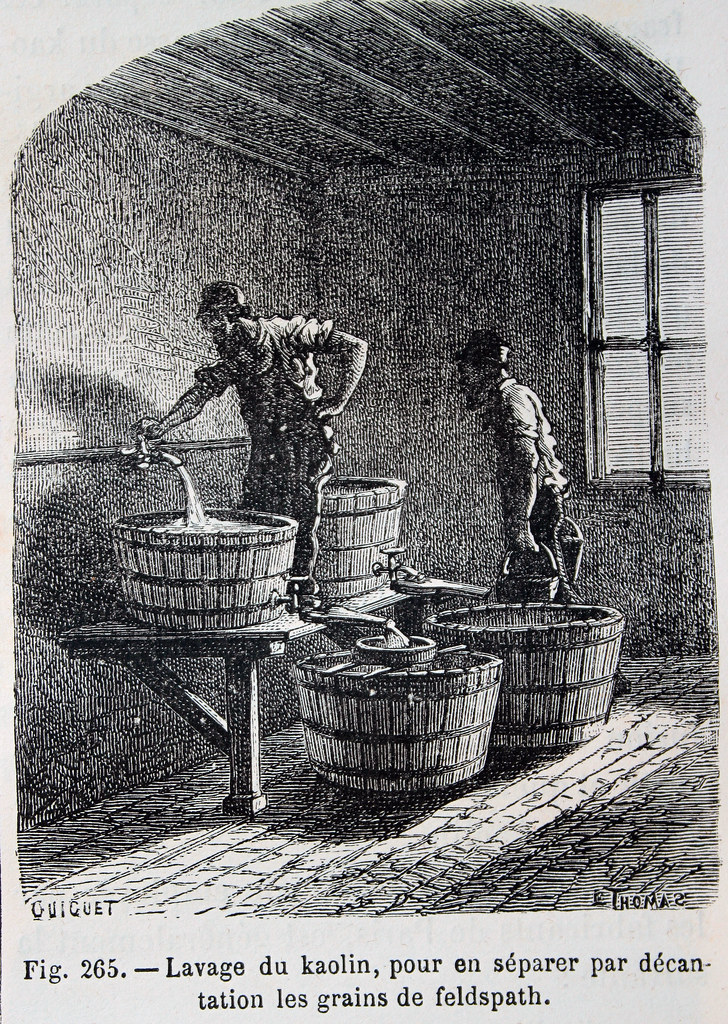
Unlocking Unique Properties and Uses
The journey into the world of clay reveals diverse applications in art, craft, and industry. From ceramics in art education to ceramic science and technology, clay’s influence runs deep. Eco-friendly options and specialty clays like fuller's earth enrich this landscape further, reminding us of clay's dual role as both a creative staple and a technical marvel.
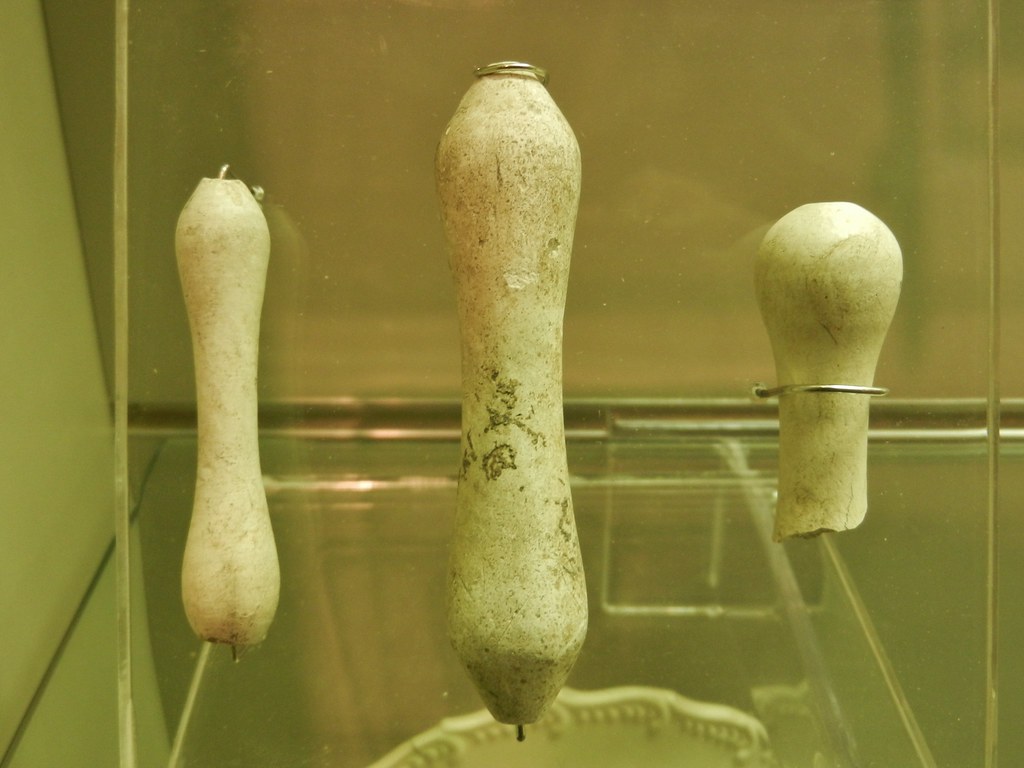
Additionally, innovations in additive manufacturing of ceramics are pushing boundaries in fields such as dentistry, while safety standards in dental ceramics ensure reliable applications in medical uses.
Got a clay story or project to share? Let’s chat in the comments about your favorite clay types, techniques, or any questions that may have popped up. Explore more of our recent articles for continued inspiration on how clay shapes our world!
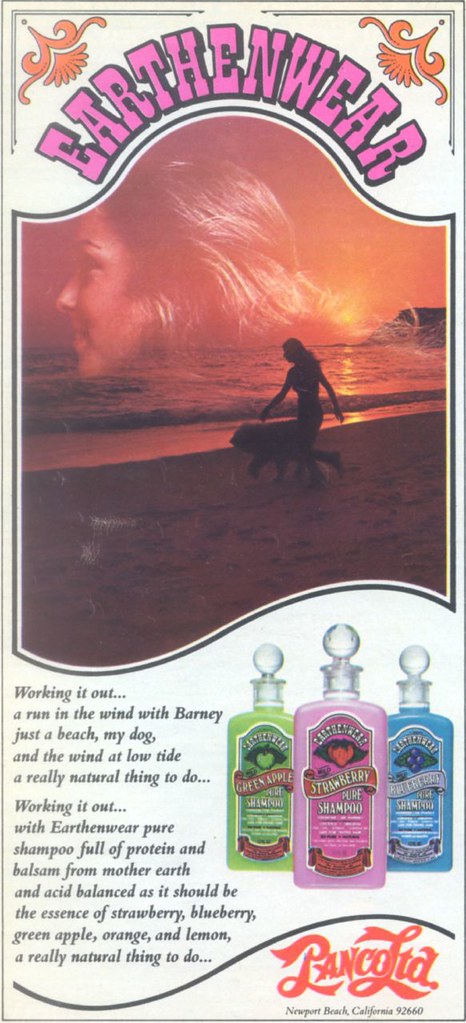
Types of Clay – Pros and Cons
Clay types define the diversity and versatility of the world’s oldest craft materials, each possessing unique properties tailored to various applications from pottery and sculpture to industrial uses. To further explore these differences, Christal Motter’s video “Types of Clay – Pros and Cons (ceramic, plastalina, polymer)” provides an insightful overview of each type’s advantages and disadvantages.
What are the 4 main types of clay?
Earthenware, stoneware, ball clay, and porcelain are generally considered the four primary types of pottery clay. Earthenware is prized for its simplicity and ease of use, stoneware excels in durability, ball clay adds plasticity to blends, and porcelain offers a smooth, refined finish. If you’re eager to discover more about choosing and working with these clays, be sure to explore our comprehensive guide on everything you need to know about pottery clay.
What are the six types of clay?
The United States primarily mines six types of clay: ball clay, bentonite, common clay, fire clay, fuller’s earth, and kaolin. Each variety presents unique characteristics—such as mineral composition, plasticity, and color—making them suitable for a wide range of ceramic, industrial, and artistic applications.
What kind of clay is best for pottery?
Porcelain clay is often hailed as the go-to option for potters, thanks to its fine particle size, smooth texture, and higher firing temperature. These qualities lead to a vitrified finish that’s both attractive and long-lasting, making porcelain an excellent choice for functional tableware, decorative pieces, and beyond.
What are the different grades of clay?
For automotive detailing, clay bars typically come in four grades: Heavy Duty, Medium Duty, Light Duty, and “The OG.” While Heavy Duty and Medium Duty tackle rougher contamination and buildup, Light Duty and The OG are perfect for milder grime and surface imperfections. Selecting the right grade ensures a smooth, clean finish without compromising your vehicle’s paintwork.
Clay comes in a remarkable variety, each type offering its own unique characteristics that make it suitable for different artistic and practical endeavors. Whether you’re molding a delicate vase, crafting a sturdy sculpture, or engaging in industrial applications, understanding the specific properties of each clay type can greatly enhance your work and creativity. Embracing the diversity of clay not only enriches your projects but also connects you to a tradition that spans centuries.
Stay Connected and Keep Creating
I hope you've enjoyed exploring the different clay types as much as I have! If you're passionate about clay or any other forms of art, let's continue this journey together. Follow us on Instagram for the latest tips, inspirations, and updates. I'd love to see your creations and share ideas with our wonderful community.
